Home>Articles>At Least How Far Above The Floor Should Shelves Be Set
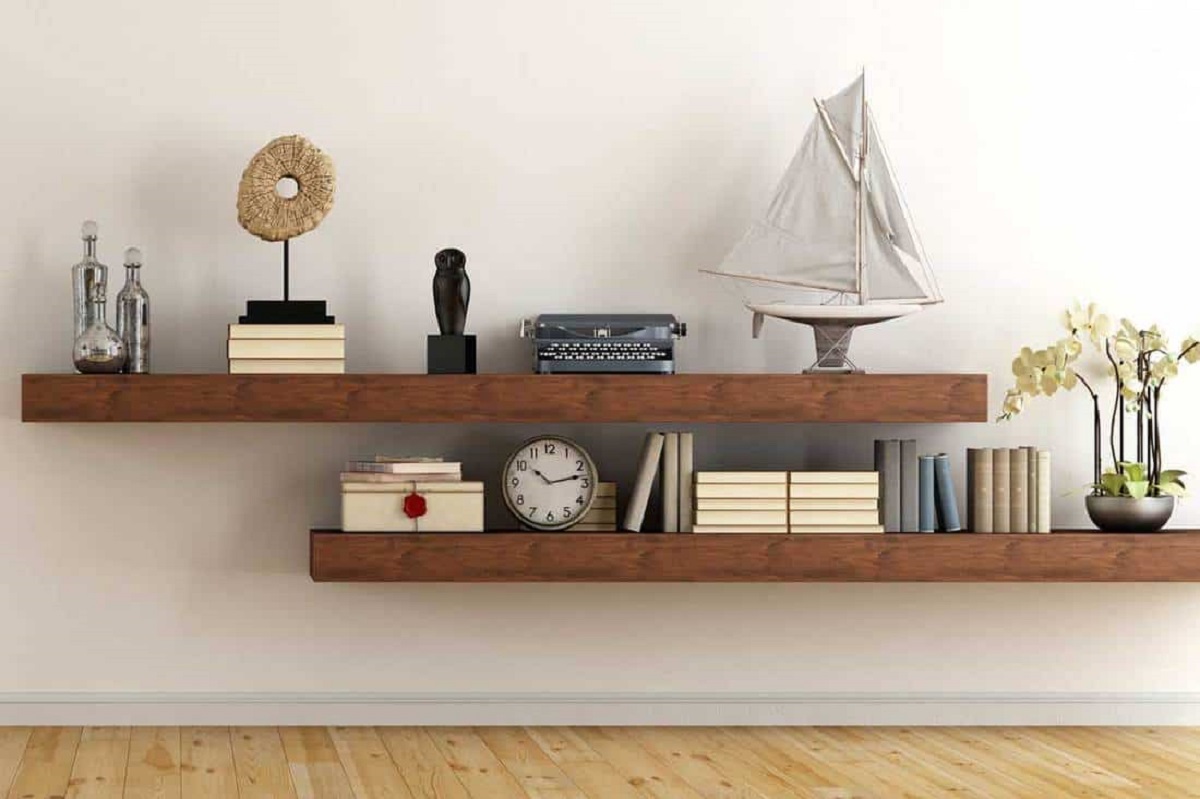

Articles
At Least How Far Above The Floor Should Shelves Be Set
Modified: December 7, 2023
Discover the ideal height for setting shelves above the floor in our informative articles. Achieve optimal organization and functionality for your space.
(Many of the links in this article redirect to a specific reviewed product. Your purchase of these products through affiliate links helps to generate commission for Storables.com, at no extra cost. Learn more)
Introduction
When it comes to setting up shelves in your space, one important consideration is determining the proper height at which they should be placed above the floor. The height of shelves can greatly impact the functionality and aesthetics of a room, as well as the overall comfort and ease of use for those using the space.
While there are no hard and fast rules for shelf height, several factors should be taken into account to ensure the perfect balance between style and practicality. In this article, we will explore these factors and provide recommendations on the ideal height range for shelves above the floor.
Whether you’re setting up shelves in your living room, kitchen, bedroom, or any other area of your home or office, understanding the considerations for shelf height will help you make informed decisions and create a well-designed and functional space.
Key Takeaways:
- Finding the ideal shelf height involves balancing functionality, aesthetics, and accessibility. Customizing shelf height based on specific needs and room dynamics is key to creating a well-designed and practical space.
- Consider factors such as user height, furniture placement, and room proportions when determining shelf height. Adapting general guidelines to individual preferences and room requirements ensures a harmonious and user-friendly environment.
Read more: How Far Above Cooktop Should Hood Be
Factors to consider when determining shelf height
When determining the height at which shelves should be set above the floor, there are several important factors to take into consideration:
- Functionality: The primary function of the shelves plays a crucial role in determining their height. For example, if you’re planning to use the shelves for book storage, you’ll want to make sure they’re positioned at a height that allows for easy access and readability. On the other hand, if you’re using the shelves for displaying decorative items, you may want to position them at a height that showcases the items at eye level.
- User height: Consider the average height of the people who will be using the shelves. If the shelves are primarily intended for children, you’ll want to set them at a lower height to ensure accessibility. Likewise, if the shelves are intended for taller individuals, you may need to adjust the height accordingly.
- Furniture placement: Take into account the height and placement of nearby furniture items. For example, if you have a sofa or a bed against a wall, you’ll want to consider the height of the shelves in relation to the height of the furniture. You don’t want the shelves to feel cramped or overshadow the furniture, so finding the right balance is essential.
- Layout and design: The overall layout and design of the room should also inform the height of the shelves. Consider the architectural features, such as windows, doorways, and wall proportions. Maintaining a visually pleasing balance between the shelves and these elements will contribute to the overall aesthetics of the space.
- Safe reach: Ensure that the shelves are within a safe reach for the users. If the shelves are placed too high, it may require the use of a step stool or ladder, which can be inconvenient and potentially hazardous. On the other hand, shelves placed too low could limit the storage space and create a cluttered appearance.
- Accessibility: If there are individuals with mobility issues or disabilities using the space, it’s crucial to consider their needs when determining the shelf height. By ensuring that the shelves are positioned within reach, it can create a more inclusive and user-friendly environment for everyone.
By taking these factors into account, you can determine the optimal height for your shelves, striking the right balance between functionality, aesthetics, and accessibility. Now, let’s explore the recommended height range for shelves above the floor.
Recommended height range for shelves above the floor
While there are no hard and fast rules for determining the exact height at which shelves should be set above the floor, there are some general guidelines that can help you make an informed decision:
- Standard height: On average, shelves are typically positioned between 12 inches (30 cm) to 18 inches (46 cm) above the floor. This range allows for easy access to the items placed on the shelves and provides a visually pleasing balance in most rooms.
- Eye-level placement: If the shelves are primarily intended for display purposes, such as showcasing artwork or collectibles, you may want to consider placing them at eye level. This not only allows for a better view of the displayed items but also creates a focal point in the room.
- Above furniture: In some cases, it may be desirable to position shelves directly above furniture items. For example, in a kitchen, you might want to place shelves above the countertop or backsplash. In this scenario, ensuring that there is enough clearance between the furniture and the bottom of the shelves is crucial for functionality and aesthetics.
- Customization: Ultimately, the height at which you set your shelves should be customized to your specific needs and preferences. Consider the items you plan to store or display on the shelves and adjust the height accordingly. For example, if you have tall vases or books, you may need to increase the height to accommodate them.
- Flexibility: Keep in mind that the recommended height range is not set in stone and can be adjusted based on individual preferences and room dynamics. Experimentation and trial and error can help you find the perfect height for your shelves that suits your unique style and functional requirements.
Remember, these are just guidelines, and it’s important to consider the specific needs and characteristics of your space when determining the height of your shelves. By taking into account the functionality, user height, furniture placement, and other factors mentioned earlier, you can confidently set your shelves at the ideal height above the floor.
Next, let’s delve into how to determine shelf height based on functionality and the specific requirements of different room types.
Determining shelf height based on functionality
When setting up shelves, it’s important to consider the functionality they will serve in the room. The purpose of the shelves will ultimately dictate the ideal height at which they should be positioned. Here are some guidelines for determining shelf height based on functionality:
- Book storage: If you intend to use the shelves for storing books, consider positioning them at a height that allows for easy access and readability. Ideally, the shelves should be within arm’s reach and allow for comfortable browsing without the need to strain or use a step stool. Placing them slightly lower, around 12-14 inches (30-36 cm) above the floor, is recommended.
- Decorative display: When using shelves for displaying decorative items, such as photo frames, artwork, or collectibles, consider placing them at eye level. This will ensure that the items are showcased effectively and serve as focal points in the room. Eye-level placement is typically around 60-65 inches (150-165 cm) from the floor, taking into account the average eye level of individuals.
- Storage bins or baskets: If you plan to use shelves for storing items in bins or baskets, consider their height and accessibility. Position the shelves so that the bins or baskets are within reach and easy to take out and put back. This may involve placing the shelves lower, around 12-16 inches (30-41 cm) above the floor, to ensure convenient access.
- Kitchen storage: In the kitchen, shelves are often used for storing dishes, cookware, and pantry items. When determining the height of kitchen shelves, it’s important to consider the accessibility and weight of the items. Position the shelves at a height that allows for easy retrieval and avoids strain when taking out heavy items. A range of 12-18 inches (30-46 cm) above the countertop or backsplash is generally recommended.
- Closet organization: In a closet or wardrobe, shelves are used for storing clothing, shoes, and accessories. When setting up shelves in a closet, consider the length of hanging garments and the height of folded items. The shelves should be positioned to maximize storage capacity while keeping the items easily reachable. Typically, shelves placed around 48-72 inches (122-183 cm) above the floor work well for closet organization.
By tailoring the shelf height to the specific functionality you need, you can optimize the usability and efficiency of the space. Remember to consider the specific requirements of your items and adjust the height accordingly. Let’s explore how room and furniture proportions can influence shelf height in the next section.
Impact of room and furniture proportions on shelf height
When determining the appropriate height for your shelves, it’s important to consider the proportions of both the room and the furniture within it. The relationship between the shelves, the room, and the furniture can greatly impact the overall aesthetic and functionality. Here are some key considerations:
- Room height: The height of the room itself can influence the ideal shelf height. In rooms with low ceilings, placing the shelves too high can make the space feel cramped and overwhelming. Conversely, in rooms with high ceilings, placing the shelves too low can make the space feel empty and underutilized. You’ll want to strike a balance by positioning the shelves at a height that complements the room’s proportions.
- Furniture height: Take into account the height of the furniture items in the room. If you have tall pieces like bookcases, cabinets, or entertainment centers, consider aligning the shelf height with these items. This creates a cohesive and visually pleasing look. On the other hand, if your furniture is lower in height, you may want to position the shelves slightly higher to maintain a balanced composition.
- Wall space: Consider the available wall space when determining the height of your shelves. If you have limited wall space, you may need to position the shelves higher to maximize the storage capacity. However, ensure that the shelves don’t extend too close to the ceiling, as it can make the room feel cramped. If you have ample wall space, you have more flexibility in positioning the shelves at a comfortable height within the recommended range.
- Proportional arrangement: Achieving visual harmony is crucial in interior design. The shelves should be proportionally aligned with the other furniture items and architectural features in the room. For example, if you have a fireplace or a large window on a wall, aligning the shelf height with the top or bottom of these features can create a cohesive and balanced look.
- Vertical balance: Consider the vertical balance of the room when determining shelf height. If the room has predominantly tall items, such as floor-to-ceiling windows or tall furniture, positioning the shelves at a lower height can help maintain balance. Conversely, if the room has primarily shorter items, such as low-rise furniture, you may want to position the shelves slightly higher to create visual interest and fill the vertical space.
By considering the proportions of the room and furniture, you can determine the optimal height for the shelves that creates a harmonious and visually balanced environment. Remember to take measurements and experiment with different arrangements to find the best solution for your specific space.
Next, let’s discuss how adjusting shelf height can promote accessibility and ensure safety.
Adjusting shelf height for accessibility and safety
When setting up shelves, it’s important to prioritize accessibility and safety. This involves adjusting the shelf height to ensure that it is easily reachable and does not pose any hazards. Here are some factors to consider when adjusting shelf height for accessibility and safety:
- Ease of reach: Ensure that the shelves are within a comfortable reach for the intended users. Consider the height of the individuals who will be accessing the shelves and adjust the height accordingly. By placing the shelves at an appropriate height, you can prevent the need for excessive stretching or reaching, which can lead to strain or accidents.
- Weight capacity: Take into account the weight capacity of the shelves and the items they will be holding. If you plan to store heavy items, such as books or kitchen appliances, ensure that the shelves are positioned at a height that can safely support the weight. Avoid overloading the shelves and causing them to sag or become unstable.
- Child safety: If there are children in the space, it’s important to consider their safety when determining the shelf height. Keep shelves with potentially hazardous items or valuable items out of reach of young children by placing them higher. Additionally, ensure that heavy or fragile items are stored securely and are not within easy reach of curious hands.
- Clearance and headroom: Consider the clearance between the shelves and the ceiling. You’ll want to ensure that there is enough headroom for individuals to comfortably move around the space without bumping into the shelves. Avoid positioning the shelves too close to the ceiling, especially in rooms with lower ceilings, to prevent a cramped and confined feel.
- Obstructions: Take into account any obstructions, such as light fixtures, electrical outlets, or switches, when determining shelf height. Ensure that the shelves do not block access to these important elements or impede their functionality. Leave enough clearance around these obstructions to maintain convenient and safe usage.
- Accessibility for individuals with disabilities: It’s essential to consider the needs of individuals with disabilities or mobility challenges when setting shelf height. Ensure that the shelves are within reach for someone using a wheelchair, cane, or other assistive devices. Adjust shelf height to accommodate their reach and ensure that they can access the items stored on the shelves easily and safely.
By considering accessibility and safety when adjusting shelf height, you can create a user-friendly and secure environment for everyone using the space. Take measurements, consider the specific needs of the users, and make necessary adjustments to ensure that the shelves are accessible and pose no risks.
Next, let’s explore some specific factors to consider when determining shelf height for different room types.
Shelves should be set at least 12-18 inches above the floor to allow for easy cleaning and to prevent damage from moisture or pests.
Factors to consider for specific room types
When determining the shelf height for different room types, it’s important to take into account the specific requirements and functions of each space. Here are some factors to consider for different room types:
Living Room:
- TV placement: If you have a television in the living room, consider positioning the shelves at a height that doesn’t obstruct the view or interfere with the TV screen. You may want to place the shelves lower or higher than the TV, ensuring a comfortable and unobstructed viewing experience.
- Showcasing artwork: If you plan to display artwork or decorative items on the shelves, consider placing them at eye level to enhance their visibility and impact. This can create a focal point in the room and draw attention to the displayed pieces.
- Storage and organization: If you’re using shelves for storage purposes in the living room, ensure that the height allows for easy access to the stored items. Consider the types of items you’ll be storing, such as books, board games, or media equipment, and adjust the shelf height accordingly.
Kitchen:
- Counter space: Position shelves in the kitchen at a height that doesn’t interfere with the usable countertop space. Consider the height of the countertop and backsplash when determining the shelf placement. Leave enough clearance for easy access to the countertop and for comfortable food preparation.
- Storage needs: Take into account the items you plan to store on the kitchen shelves, such as cookware, dishes, or pantry items. Adjust the shelf height to accommodate the size and quantity of the items and ensure easy organization and access.
- Functional design: Consider the workflow and functional aspects of your kitchen. Place shelves within reach of commonly used items for easy access during cooking or meal preparation. Also, ensure that the shelf height doesn’t obstruct the functionality of appliances or impede movement in the kitchen.
Read more: How Far Off Floor Should Curtains Be
Bedroom:
- Nightstand placement: If you have nightstands or bedside tables in the bedroom, consider aligning the shelf height with the top of these furniture items. This creates a visually cohesive look and allows for easy access to items like books, reading glasses, or a glass of water.
- Clothing storage: If you’re using shelves in the bedroom for clothing storage, consider the height of your hanging garments. Give enough clearance for the clothes to hang freely without touching the floor, while still maintaining easy accessibility.
- Personal preferences: Consider your personal preferences and habits when determining shelf height in the bedroom. For example, if you like to keep a collection of books by your bedside, position the shelves at a height that allows for convenient reading while lying in bed.
Home Office:
- Workspace arrangement: Position shelves in the home office at a height that complements your workspace arrangement. Ensure that the shelves don’t interfere with the placement of your desk, computer monitor, or any other essential office equipment.
- Organizational needs: Consider the items you need to store in your home office. Whether it’s books, files, or office supplies, adjust the shelf height to accommodate the storage of these items and promote easy organization and access.
- Task lighting: If you have task lighting in your home office, ensure that the shelves don’t obstruct the lighting fixtures or cast unwanted shadows on your workspace. Position the shelves in a way that maintains proper lighting for your tasks.
By considering the specific requirements and functions of each room, you can optimize the shelf height placement to enhance functionality, aesthetics, and organization within the space.
Now that we’ve explored the factors to consider for different room types, let’s summarize the key points discussed in this article.
Conclusion
When setting up shelves in your space, finding the ideal height above the floor is essential for both functionality and aesthetics. By considering factors such as functionality, user height, furniture placement, room and furniture proportions, accessibility, and safety, you can determine the optimal shelf height that best suits your needs and creates a harmonious environment.
While there are general guidelines, such as keeping shelves within a range of 12 to 18 inches above the floor, it’s important to customize the shelf height based on the specific purpose and requirements of each room. Whether you’re storing books, displaying artwork, organizing kitchen items, or maximizing closet space, adjusting the shelf height accordingly ensures convenience and practicality.
Additionally, considering the room and furniture proportions, as well as the accessibility and safety needs of the users, further enhances the functionality and visual appeal of the space. By striking a balance between the height of the shelves and other elements in the room, you can create a well-proportioned and aesthetically pleasing environment.
Lastly, remember that these guidelines are not rigid rules, and it’s important to adapt them to your unique circumstances and personal preferences. Experimentation and adjustments may be necessary to find the perfect balance and functionality for your shelves.
By taking the time to consider these factors and making informed decisions about shelf height, you can create a space that is not only visually appealing but also optimized for practicality and ease of use.
So go ahead, evaluate your needs, measure your space, and strategically position your shelves at the perfect height to transform your room into a functional and visually pleasing haven.
Frequently Asked Questions about At Least How Far Above The Floor Should Shelves Be Set
Was this page helpful?
At Storables.com, we guarantee accurate and reliable information. Our content, validated by Expert Board Contributors, is crafted following stringent Editorial Policies. We're committed to providing you with well-researched, expert-backed insights for all your informational needs.
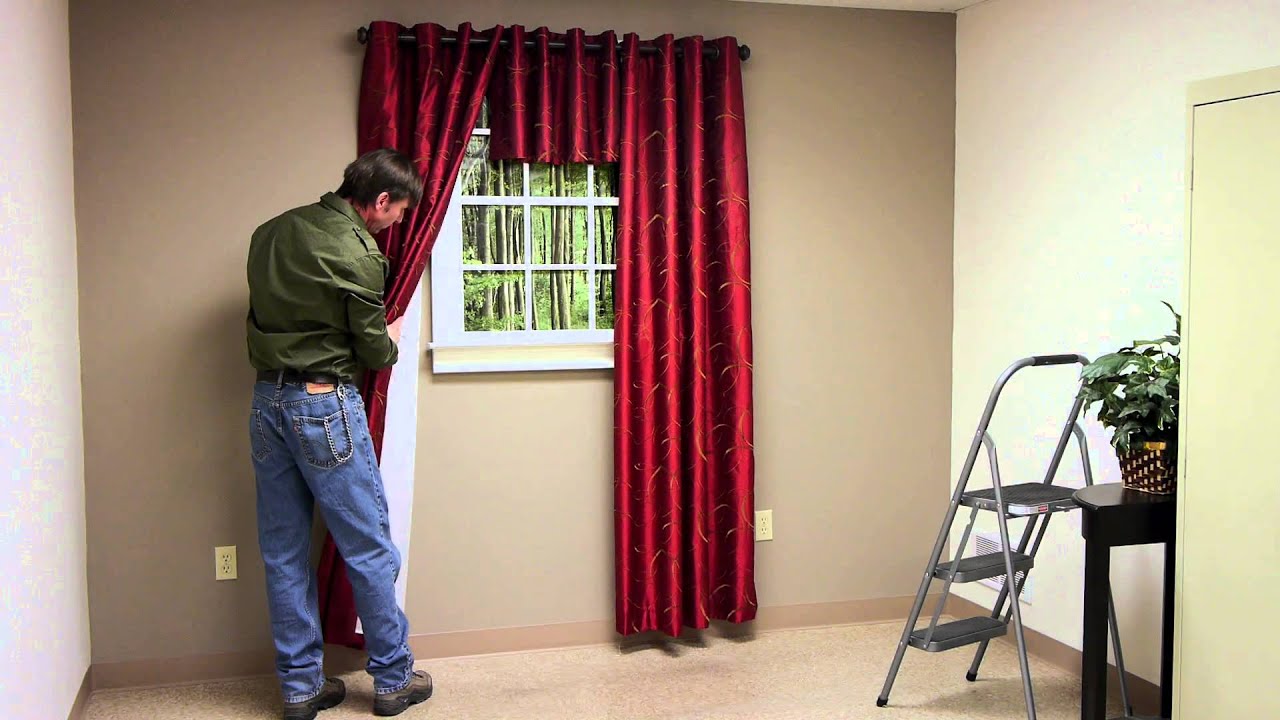
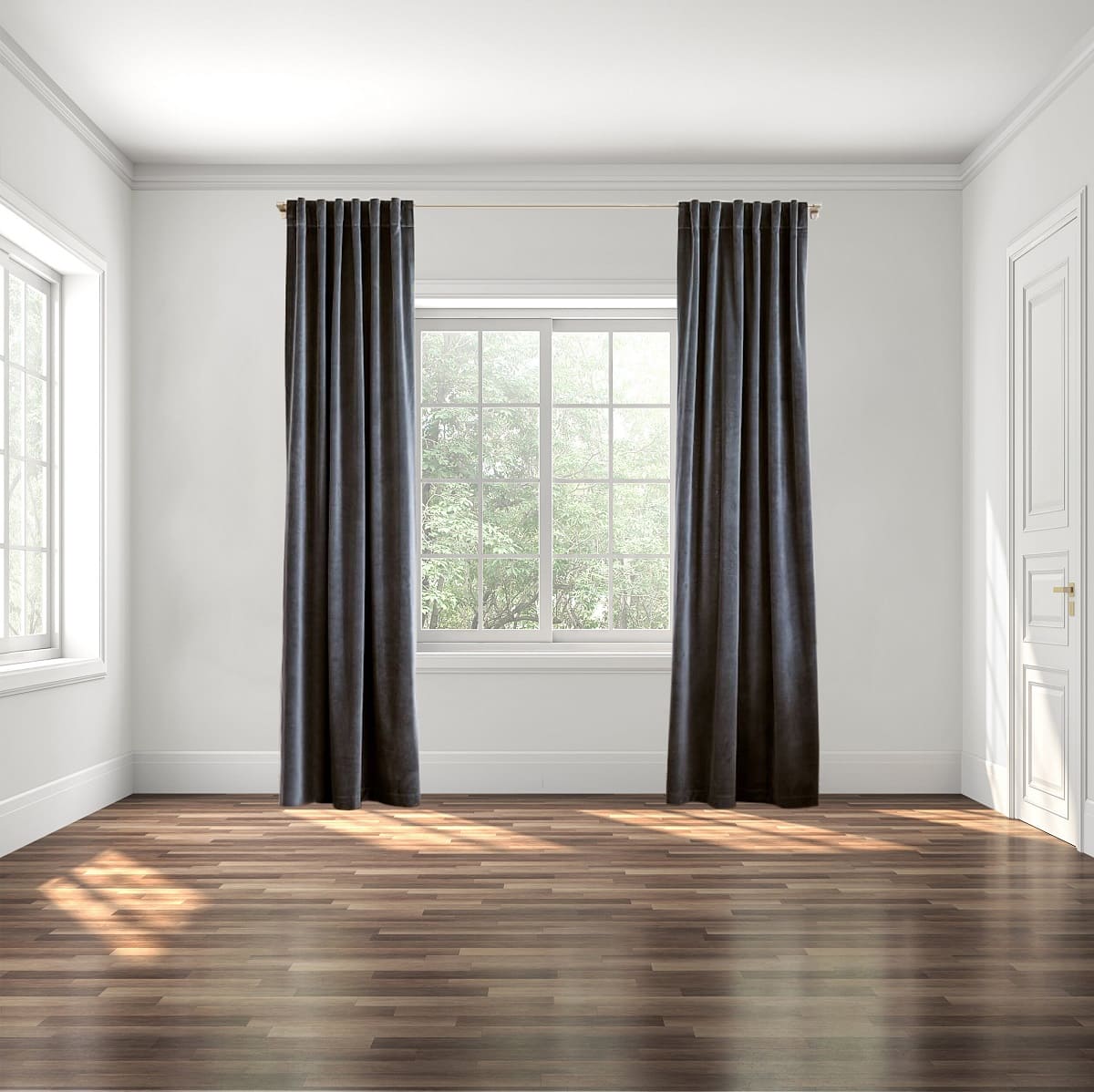
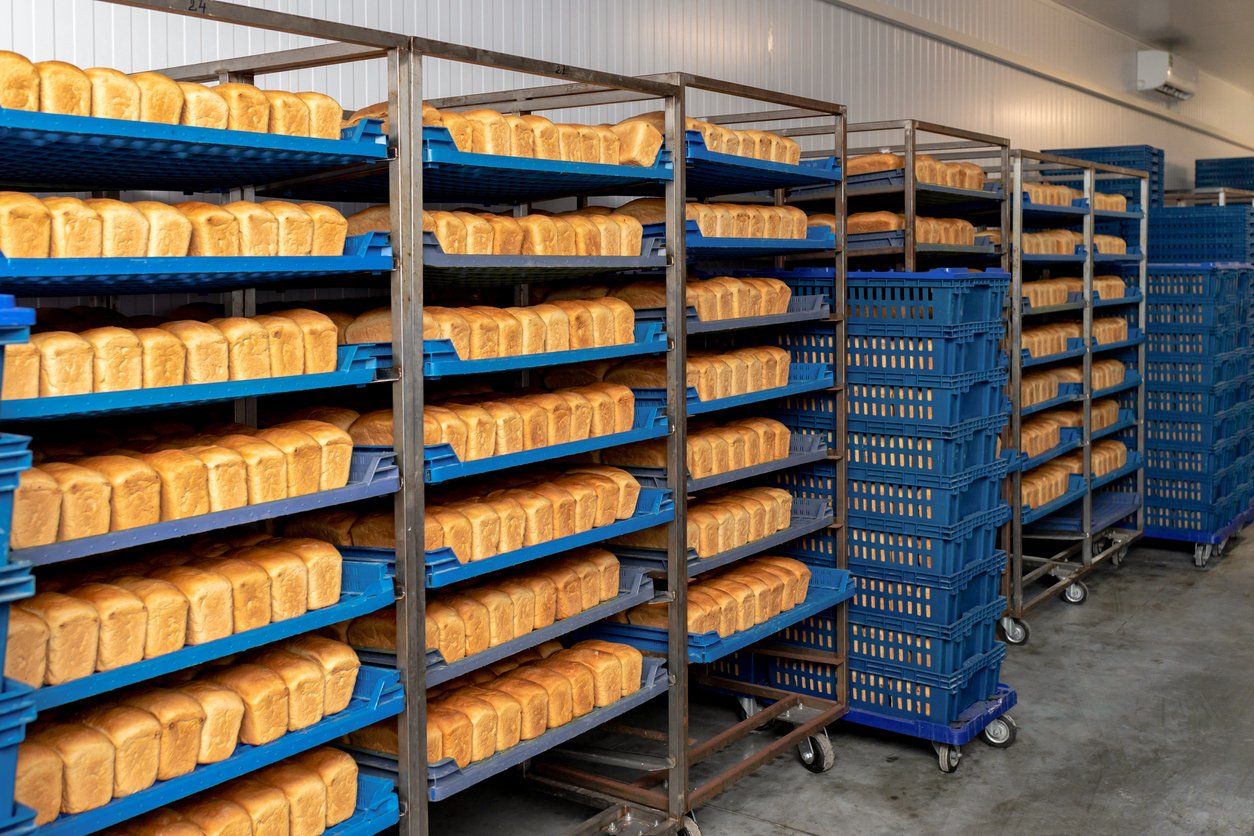
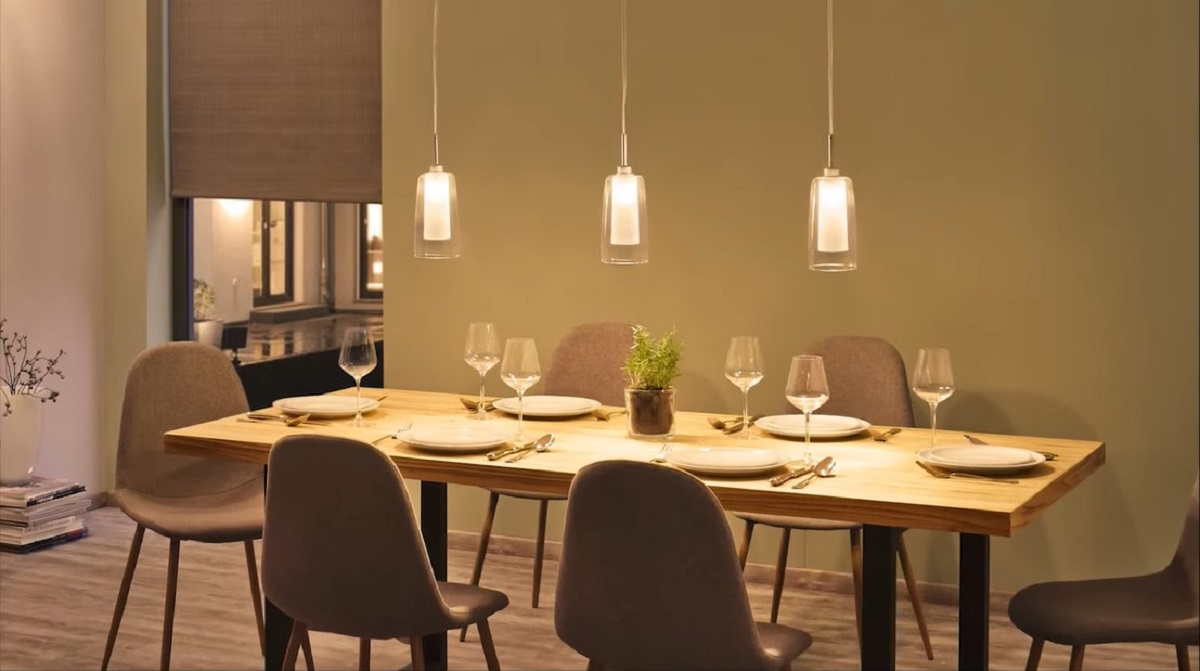
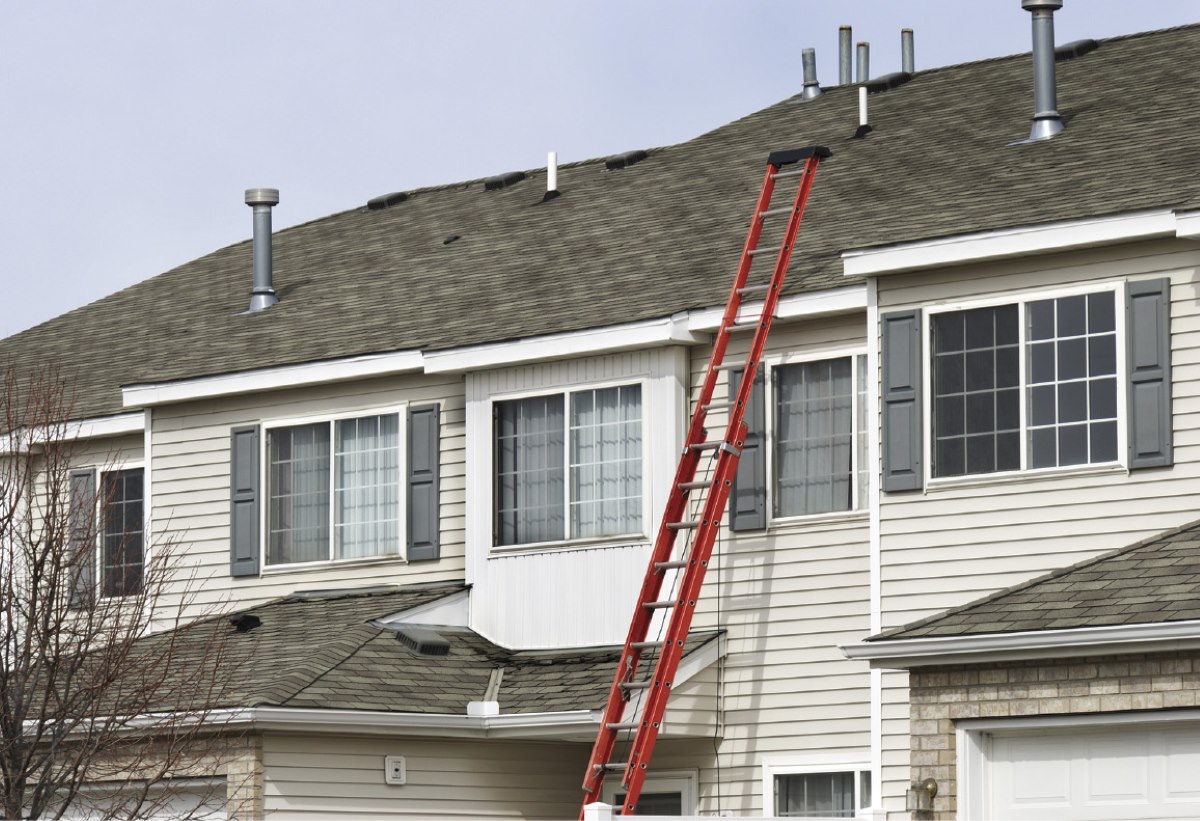
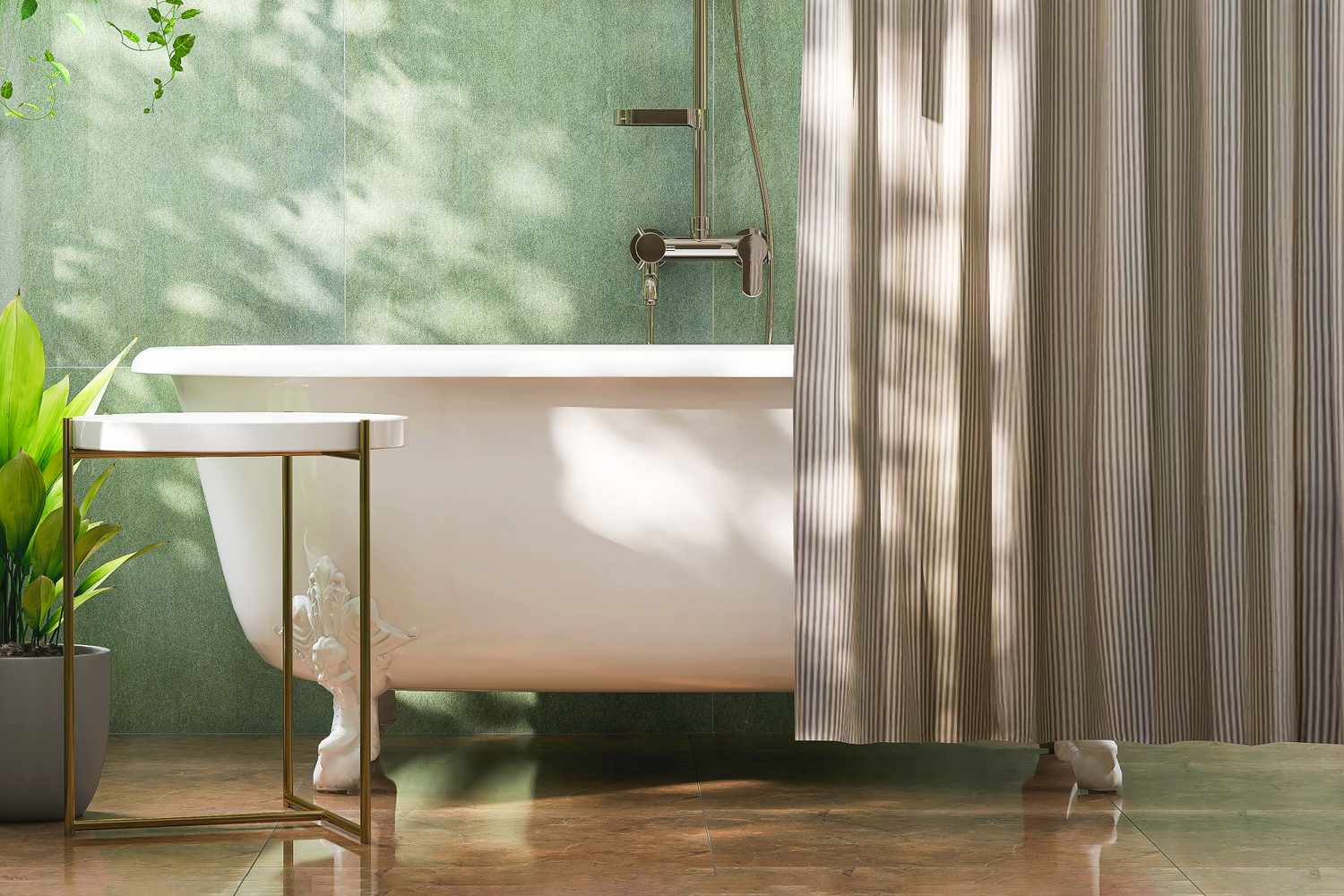
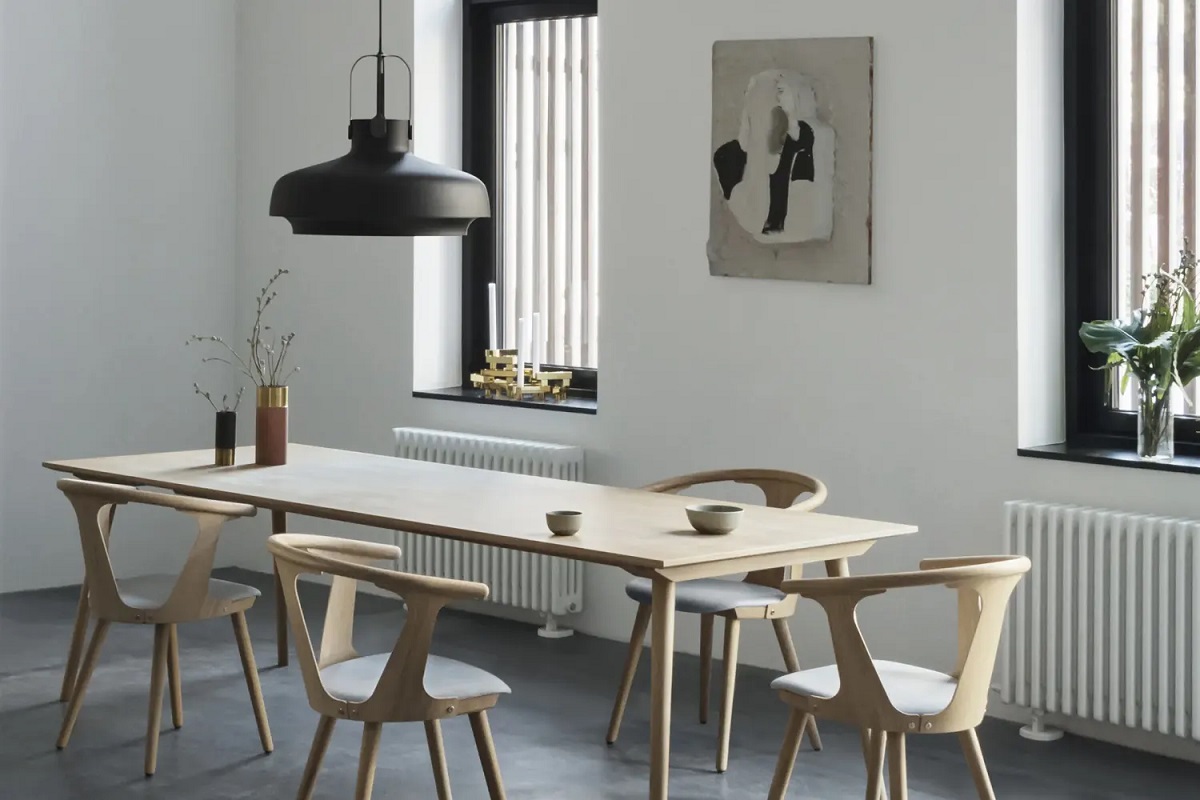
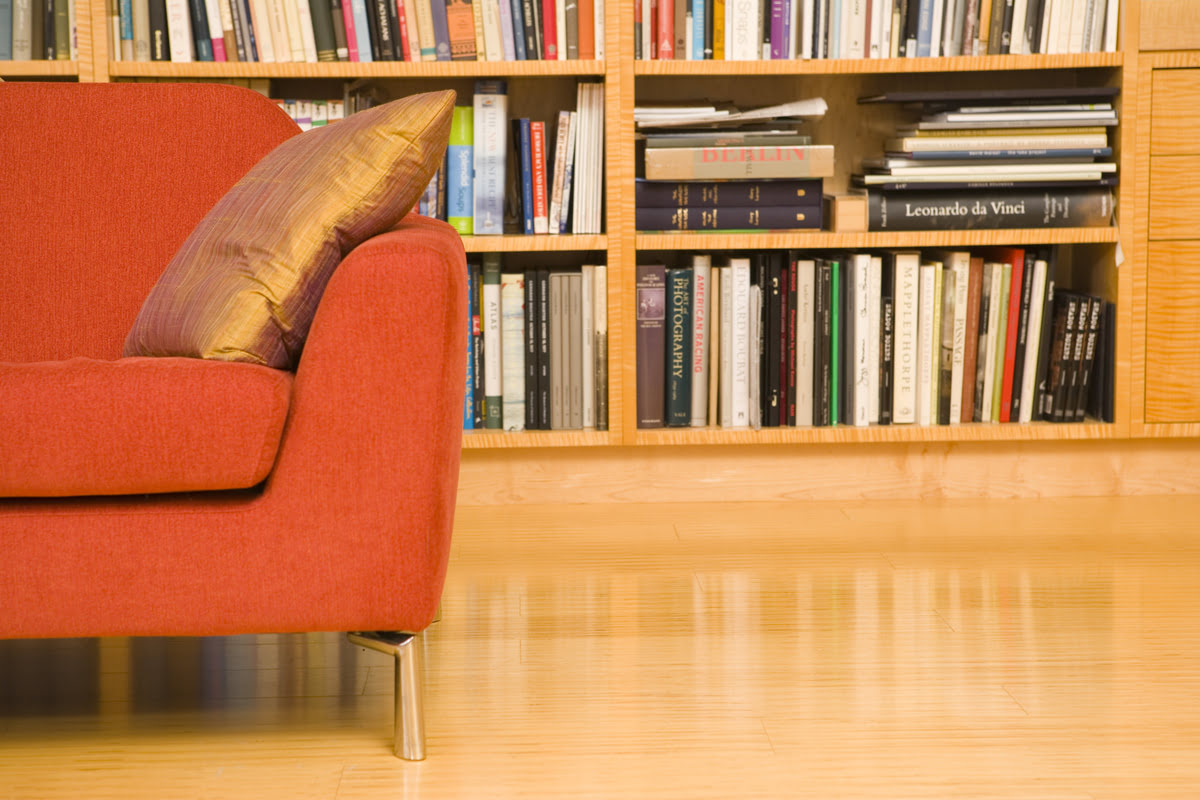

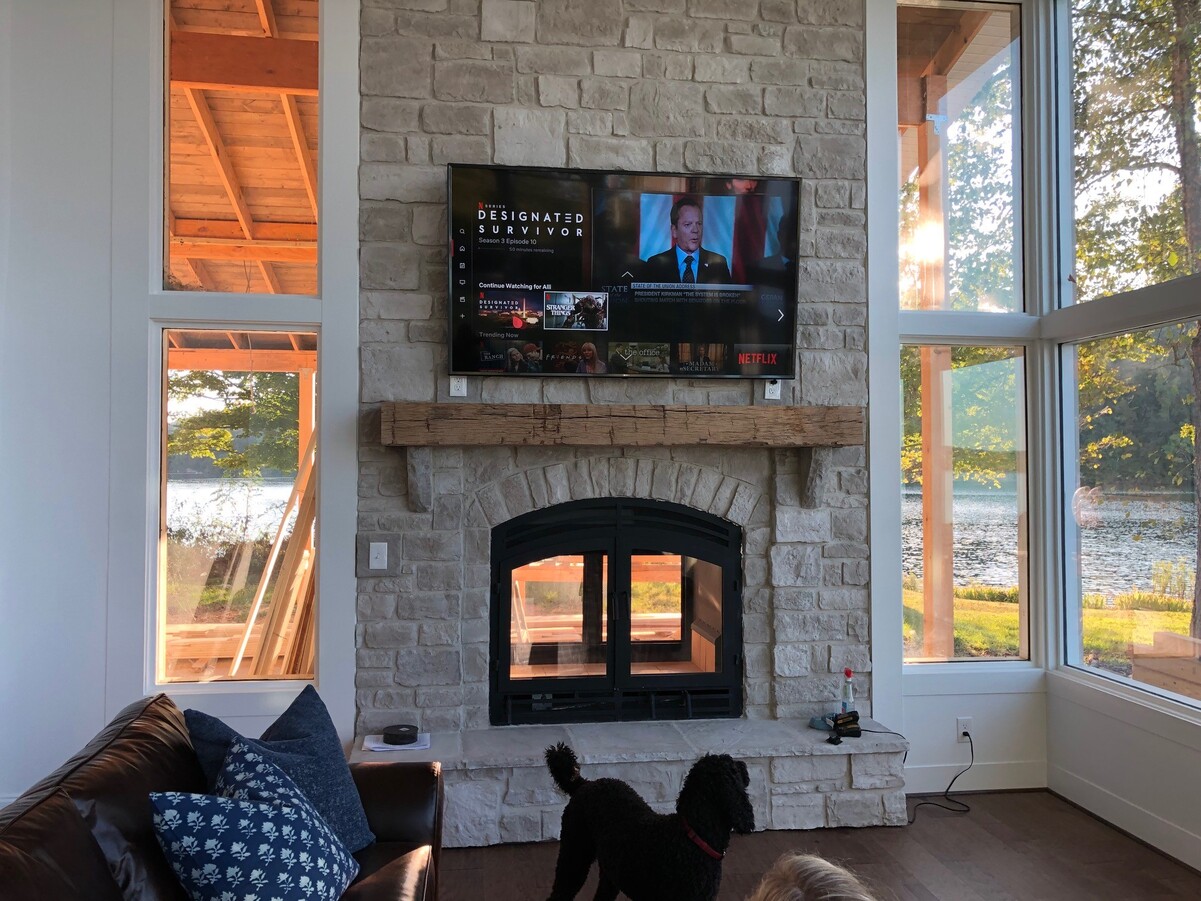
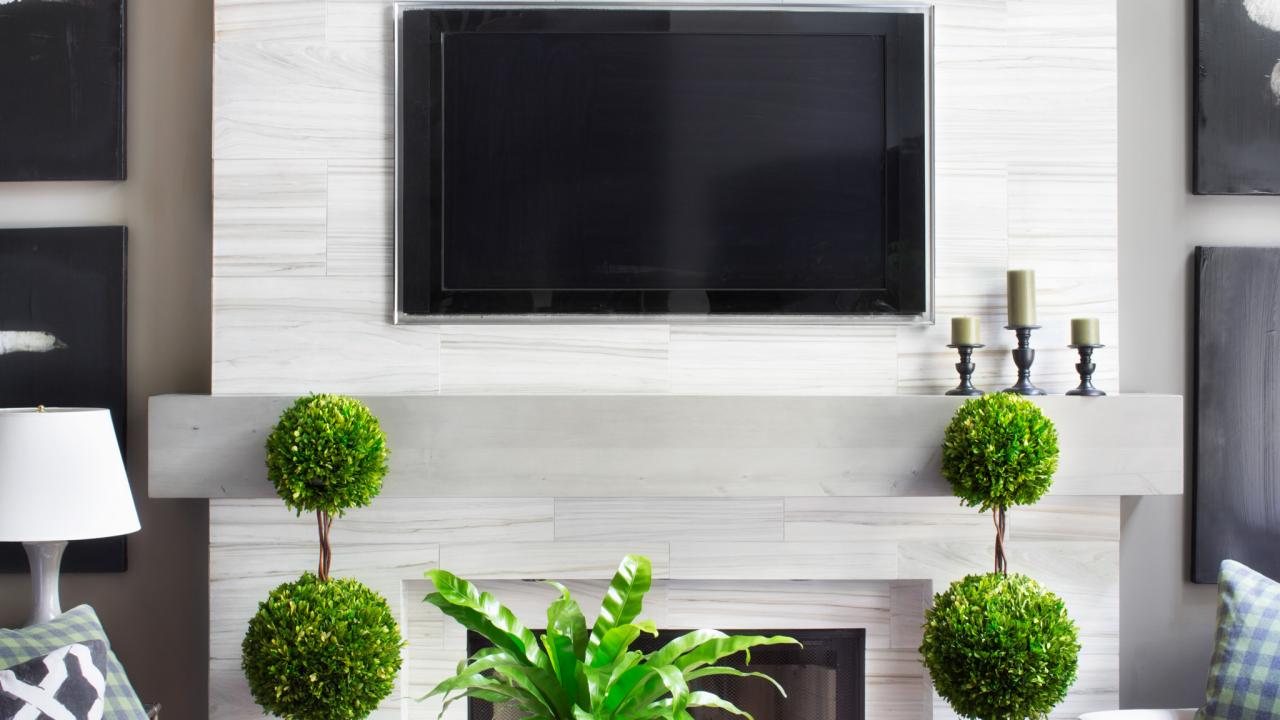
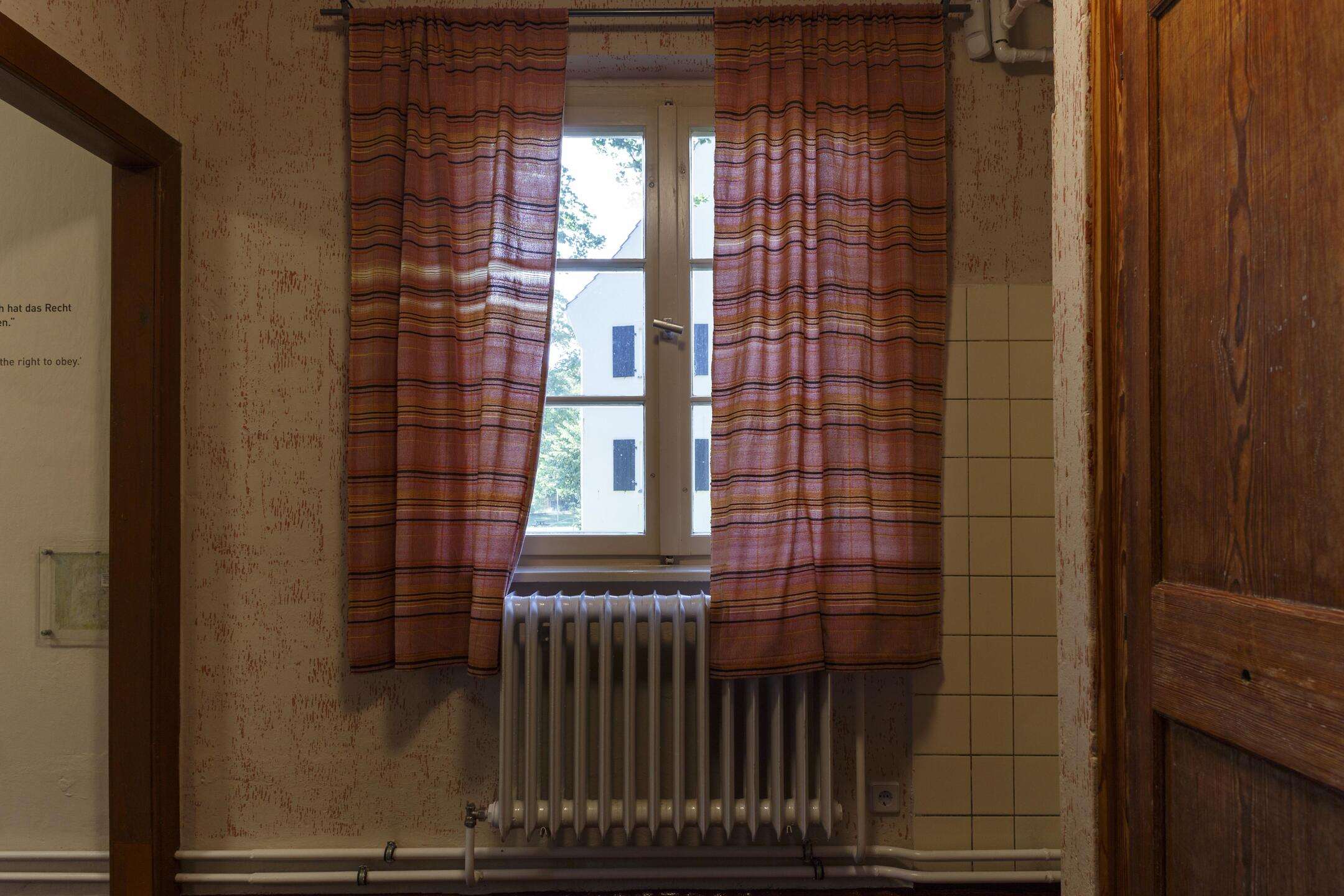
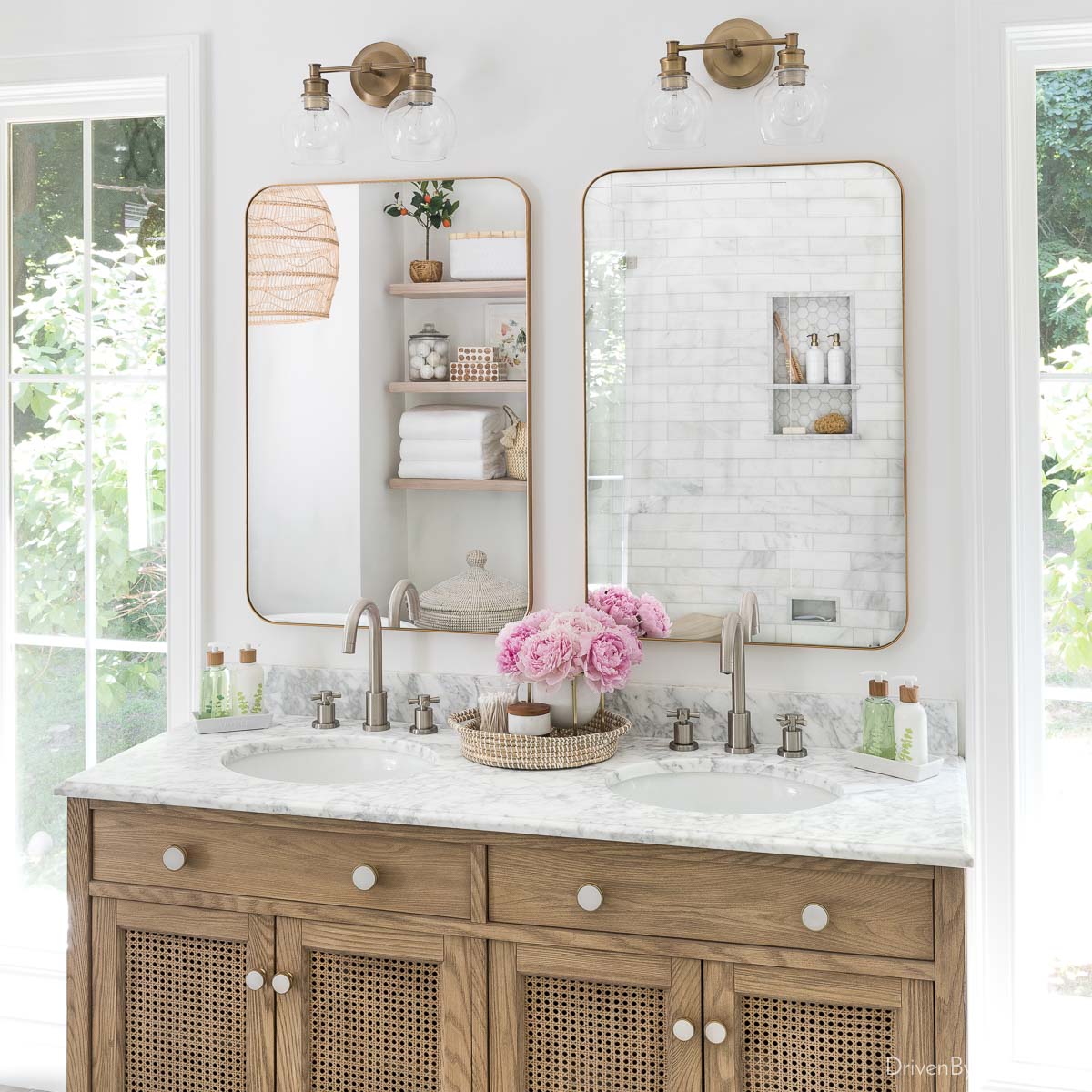

0 thoughts on “At Least How Far Above The Floor Should Shelves Be Set”